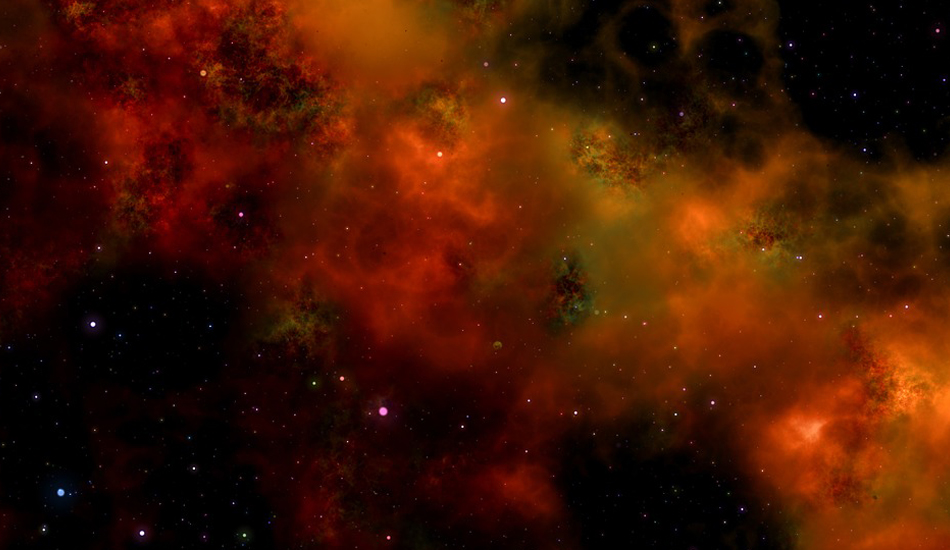India Blows Up Satellite in Space, Sending Message to China
India blows up satellite in space positioned 185 miles above the Earth in the successful test of an anti-satellite (ASAT) weapon. Security experts see the test as a warning to China regarding their military ambitions on the Indian subcontinent. India blows up satellite in weapons test “India’s recent testing of its ASAT capability likely represents ...













